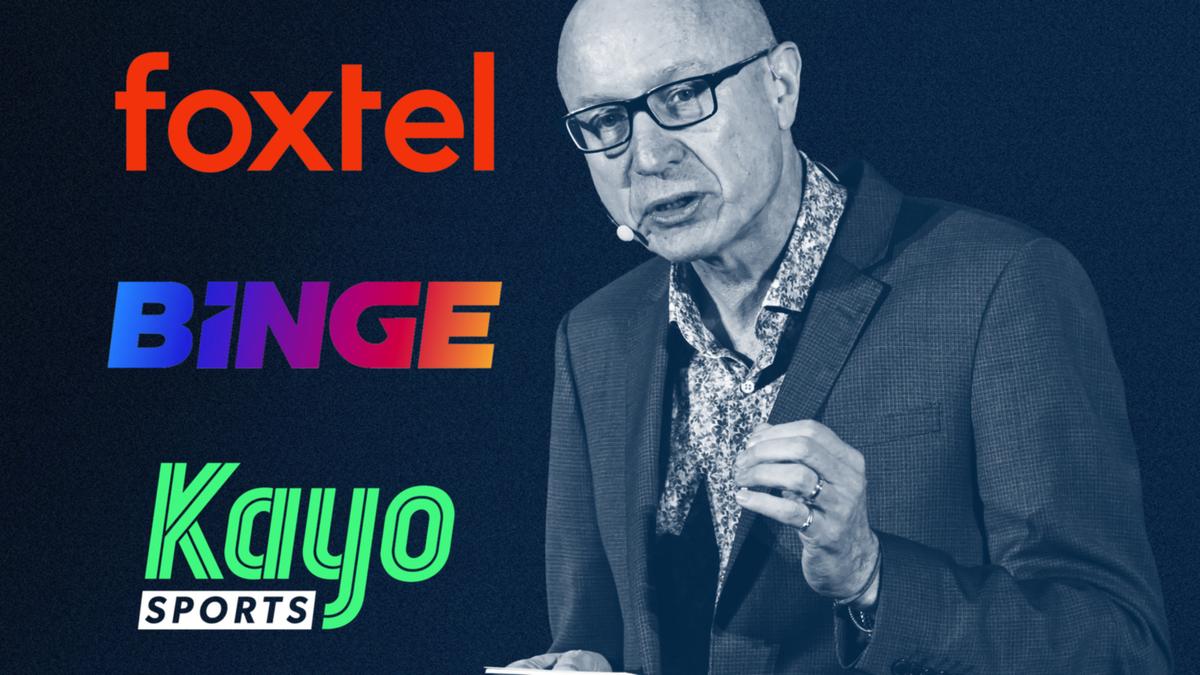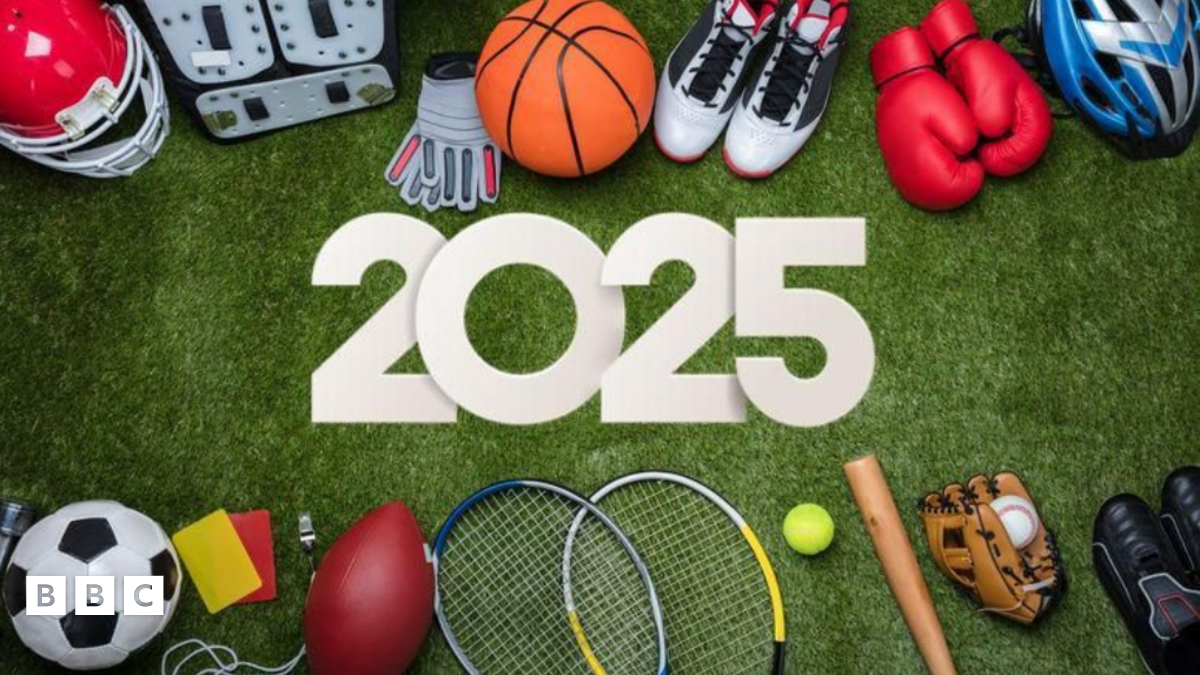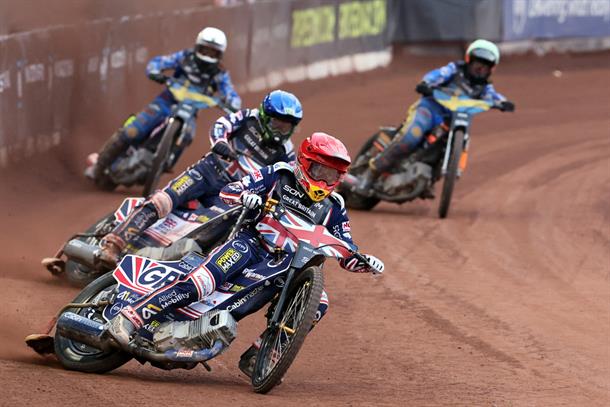Ben Ainslie keeps faith in Britain’s prolonged pursuit of America’s Cup

- by Admin
- October 20, 2024

Ineos Britannia had only just crossed the finish line, 37 seconds and some 300 metres behind Emirates Team New Zealand in the ninth and final race of this America’s Cup, when their 47-year-old skipper Sir Ben Ainslie was asked about his plans for the next one.
Within a couple of hours, Great Britain’s Royal Yacht Squadron had put in a challenge, and the Royal New Zealand Yacht Squadron had accepted. Which means Ainslie, and Britannia, will be back for the next qualifying series, though they don’t yet know where, or when they will be racing, or who will be in the crew. Ahab’s going to be chasing after his whale for a while yet.
Ainslie has given over the larger part of his working life to trying to win the America’s Cup for Britain. It is, as he says, just about the only international sports trophy he, and everyone else in British sailing, wants but hasn’t won. And they have been trying since the Aurora came in 18 minutes behind America in the very first race, 173 years ago and counting. Ainslie, who first signed on as the skipper of a British challenge in 2007, has pursued it through regattas in Valencia, Bermuda, Auckland, and now Barcelona, where the final score in the best-of-13 series was 7-2 to New Zealand. It was as close as he’s come yet.
If he is going to get any closer, the first thing Ainslie needs is more money, and he seems confident he can persuade another partner to come in with Sir Jim Ratcliffe to sponsor the team through the next cycle. The second thing is time on the water, which can be harder to come by when you’re the challenger.
“It’s no surprise that the Kiwis have been at this for 30 years,” Ainslie said. “The people in their crew have changed in that time, but their organisation gets stronger and stronger. We’re chasing them, and when I think back to our first campaign in Bermuda in 2017, we’ve come so far. Every time we do this we get one step closer.
“You learn so much from start to finish in one of these campaigns, about strategy, about efficiency, about how to develop the design tools and how to put the sailing team together. The list goes on and on.”
Ainslie and his team spent three and a half years on the latest campaign, and in the end were desperate for just another week or so on the water. The New Zealanders’ boat, Taihoro, was quicker over the calm seas that prevailed during the regatta because they had an extra month to configure their yacht while the British were competing in the qualifying series. They used the time to test different foils, and settled eventually on a smaller, slighter design that was better suited to the small waves off Barcelona than what the British were using.
“It’s the same as in F1,” Ainslie’s co-helm Dylan Fletcher said. “If you have a couple of months prep before racing it shows in performance.”
Fletcher felt sure that Britannia was catching up to Taihoro as they were tinkering with their own configuration in between the match races. “It feels like we’ve had a steeper trajectory through this America’s Cup,” he said.
after newsletter promotion
“It wouldn’t have taken that much time to catch them. You could see it today from race one through to race nine, when they wanted to get us into a tacking duel, and we started gaining on them.”
Fletcher argued that Ainslie’s ability as a match-racer meant Britannia had the edge over Taihoro during the pre-starts, when the boats jockey for best position ahead of before the race. But the truth that doesn’t count for as much as it ought to in this form of the sport, where every tack and gybe is made at the punch of a button. The New Zealanders, as well as being a little quicker in the water, did a much better job of reading the first shift in the wind. Which, Fletcher said, you would put it down to luck if it didn’t keep happening.
Ainslie was pretty clear-eyed about what the team need to do next. “They were just a click faster, a click better at manoeuvering, a little better at figuring out the first wind shift off the start line, and they sailed immaculately,” he said. “So that’s the level we have to aim for.”
Ainslie allowed that they “might want a couple of nights to get over this one” first. If it were up to Fletcher, they would have been starting right away. “I would quite happily go sailing now so we can keep implementing these changes, and get ready for the next Cup,” Fletcher said. Like so many other people on Ineos’s 150-person team, he has become addicted to the competition. Ainslie’s obsessiveness is infectious. One day, it may even be enough.
The Latest News
-
December 23, 2024Daily horoscope: December 23, 2024 astrological predictions for your star sign
-
December 23, 2024Sharp fall in UK business activity forecast as economic gloom deepens
-
December 22, 2024Foxtel offloaded to UK streamer for $3.5b
-
December 22, 2024Elon Musk’s British cousin reveals how brutally world’s richest man snubbed him: ‘I’m shocked that…’
-
December 22, 2024‘Labour will torpedo my firm’: One of Britain’s OLDEST family businesses says inheritance tax plans could destroy his finances in ‘blink of an eye’ after 250 years of trading





